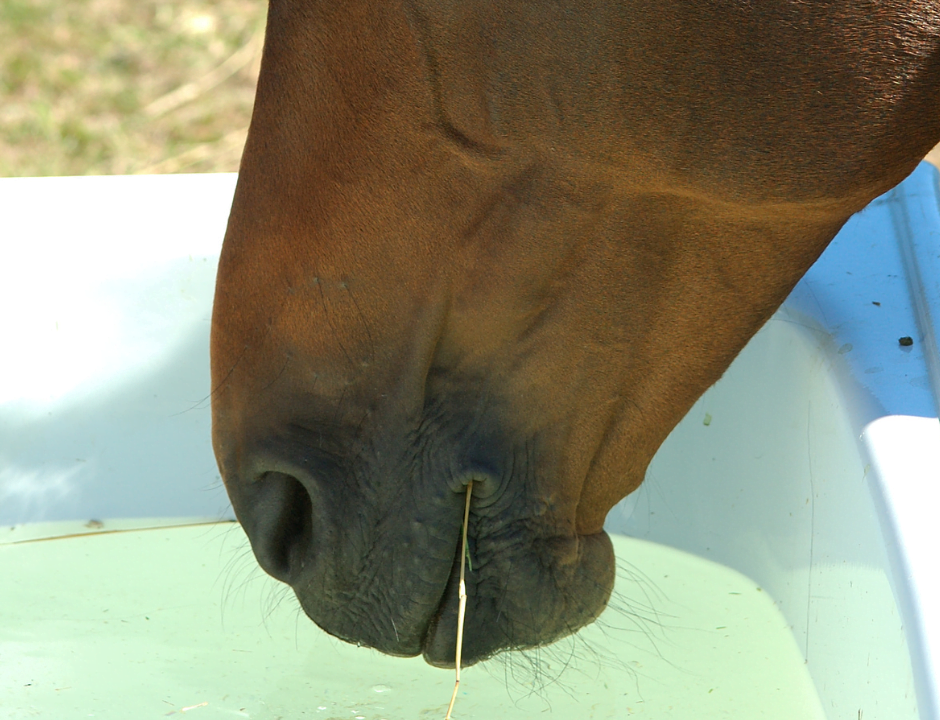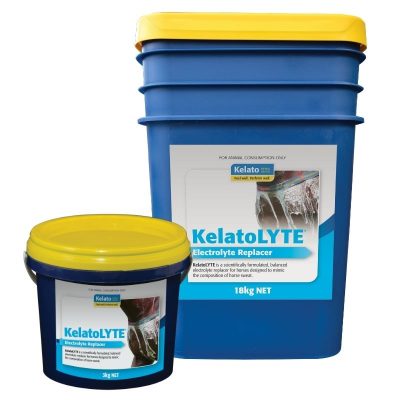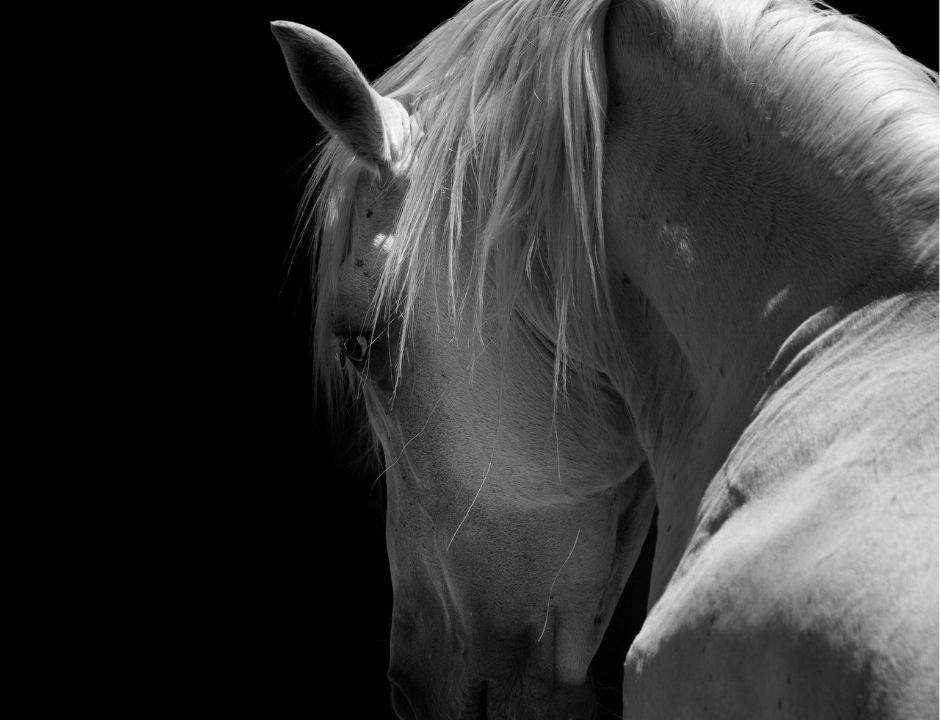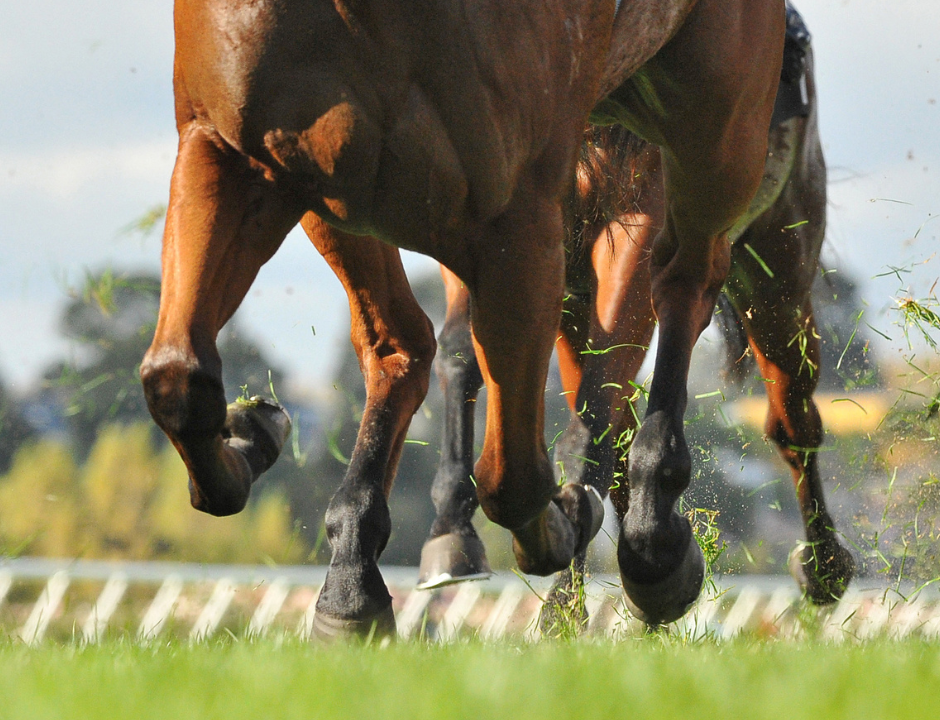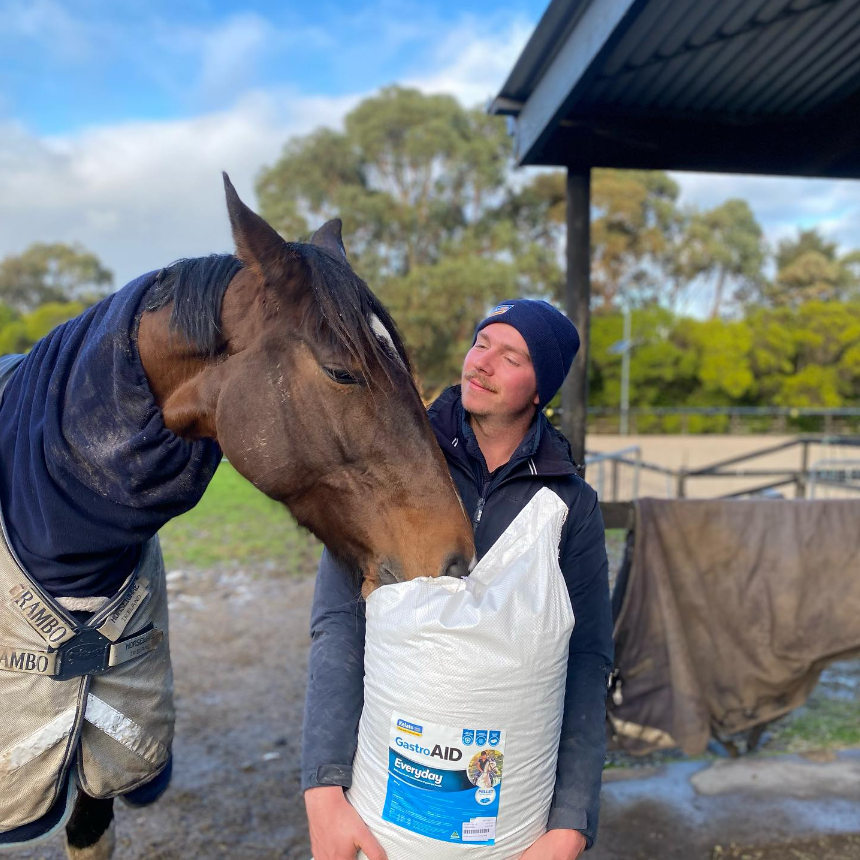As we navigate the Australian summer months, it becomes increasingly important to ensure that our horses remain hydrated. Water is extremely crucial for a horse’s health and well-being so we want to ensure we are doing all that we can to encourage our horses to stay hydrated!
If you are worried that your horse might be becoming dehydrated, there are a few ways you can determine this quickly at home. We recommend consulting with a veterinarian if you suspect your horse is dehydrated.
• Check gum capillary refill time: Press the gum with moderate finger pressure and count how long it takes for the gum to return to its pink colour. If the capillary refill time is more than three seconds, then it will indicate the horse is dehydrated.
• Pinch test: Pinch the horse’s skin on the neck area between your index finger and thumb. If the skin remains in a ‘tented’ position and does not return to its original position for several seconds, this is an indicator of dehydration.
• Urine colour: The darker the colour and the increased scent of urine, the more concentrated it is – indicating dehydration.
Hydration tips
During effective sweating to cool its body down, the horse will lose water and the main electrolytes of sodium, chloride, potassium and magnesium, and calcium to a lesser degree. Loss of these electrolytes can lead to fatigue, muscle weakness, and a decrease in the thirst response leading to dehydration.
When considering keeping your horse hydrated daily, the first and most important tip is to ensure your horse always has access to clean, fresh water. It is also important that your horse is consuming enough forage. Forage acts as a water and electrolyte reservoir in the horse’s hindgut to assist with hydration. Another easy step to consider is adding ordinary table or plain salt (sodium chloride) to the diet in either the form of free-choice salt or mixing it into a feed. The rate at which to add salt to the diet will be based on your horse’s individual circumstance, so we recommend consulting with an equine nutritionist to determine an appropriate rate.
When should you consider an electrolyte supplement?
Often horses will meet general electrolyte requirements with the above tips, but if you are working/training your horse in humid conditions, travelling away from home, training harder than usual, feeding a high grain/low forage diet or competing in sports such as endurance, an electrolyte supplement like KelatoLYTE is key to replenishing the loss of electrolytes during these times.
There are many electrolyte supplements to consider, so why should you choose KelatoLYTE?
- You want to consider a supplement that provides enough electrolytes in a 60g dose to replace what is lost in 5L of sweat = KelatoLYTE
- You want to check how much filler is in the product. Glucose is often added to electrolyte supplements to aid with palatability because electrolytes are very salty. Look for a supplement that has under 10% glucose so that the electrolyte composition of the product is not compromised = KelatoLYTE
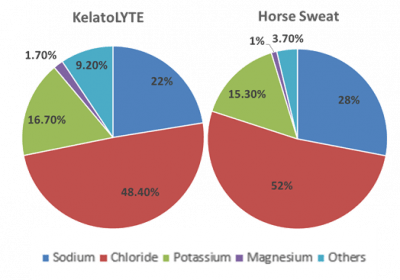
Reminder: Your horse MUST have access to fresh, clean water when supplementing with electrolytes and remember to never feed an electrolyte supplement to an already dehydrated horse as it can worsen the condition. Get in contact with your veterinarian if you suspect your horse is suffering from dehydration.
KelatoLYTE:
• Scientifically formulated to mimic the composition of horse sweat.
• Effectively replaces what is lost in horse sweat.
• Contains 88% electrolytes and NO bicarb!
• Facilitates fast rehydration and encourages drinking.
• Can be used as a daily supplement, an isotonic drench (under veterinary supervision) or an electrolyte paste.
If you would like to find out more, head to the KelatoLYTE page, get in touch at 1800 KELATO or email technical@kelato.com.au.
